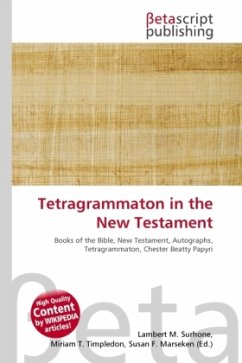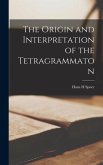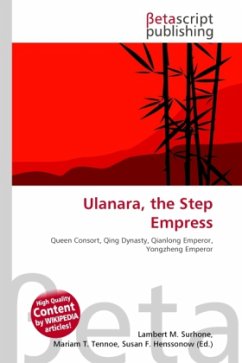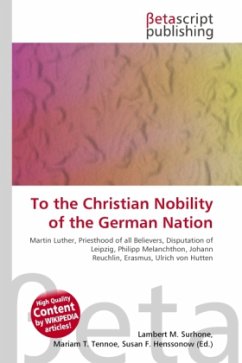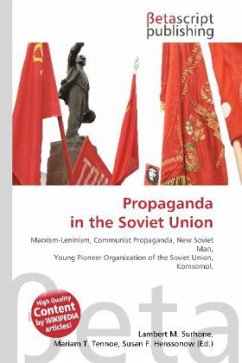High Quality Content by WIKIPEDIA articles! Archaeologists have discovered papyrus fragments of works which were later included in the canon of the New Testament dating as far back as the middle of the second century. Despite the fact that there are no autographs surviving until today, it is worth mentioning that of all 5,000 extant New Testament manuscripts none contains any form of the Hebrew ???? (Tetragrammaton). One of the most ancient fragments, the papyrus codex designated Chester Beatty Papyrus No. 2 P46, is dated about to AD 200 and contains nine of the Apostle Paul's letters. In the Chester Beatty Papyri, we find ?C and sometimes ?C with a horizontal bar above them in citations of the Hebrew Bible where the Tetragrammaton occurs in the Hebrew text. These are abbreviations for kyrios (KYPIOC "lord") and theos (?EOC "God") normally known as nomina sacra ("sacred names"). Some scholars propose that such space-saving abbreviation was very common throughout costly, ancient manuscripts. Other scholars believe that this practice was based on the Hebrew consonantal writing, especially related to the extreme care for the word ???? (YHWH).
